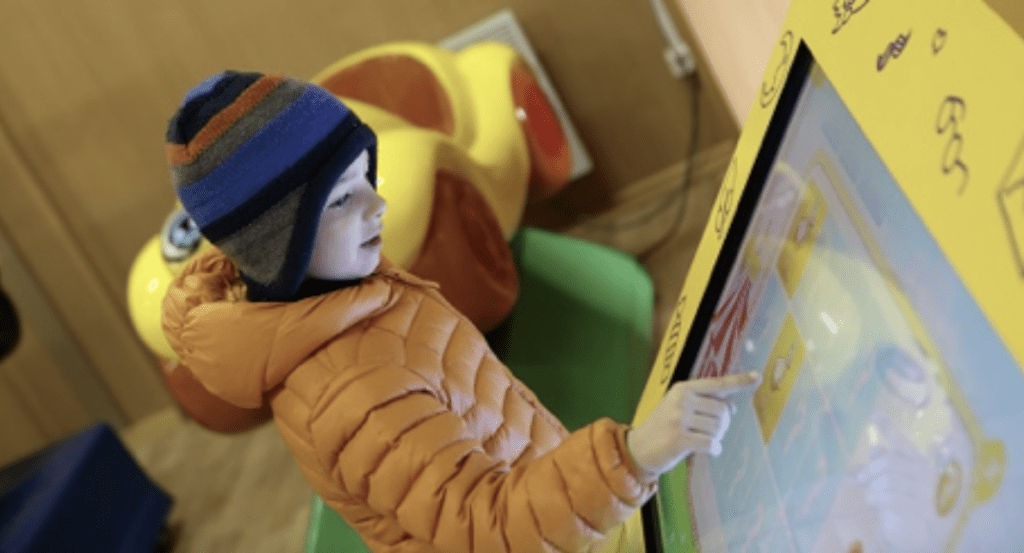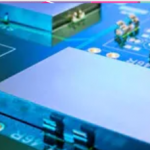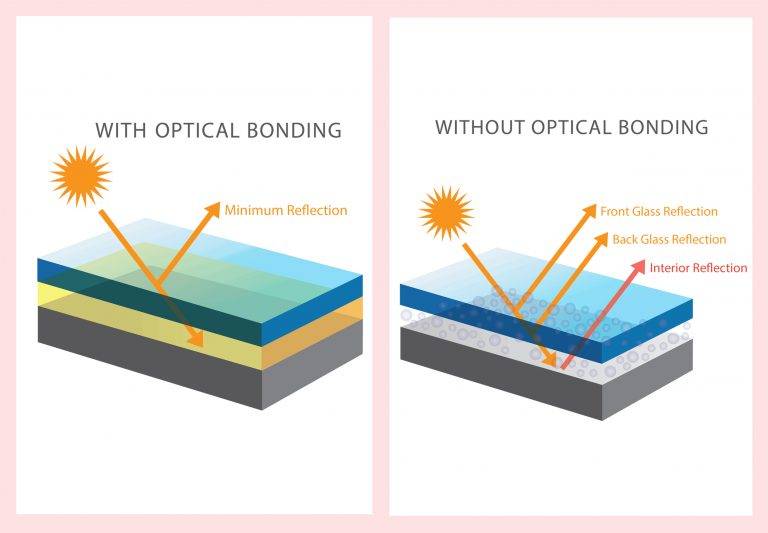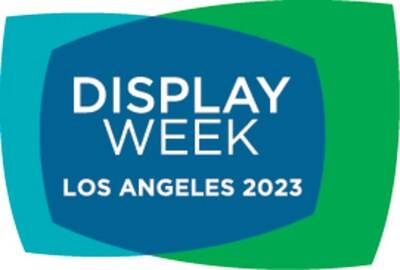SHARE THIS POST
To keep production costs as low as possible, and provide your consumers with the best value, custom touch screens are the best option for any OEM. Custom touch screens are fabricated to the specific specifications instead of using pre-built modules. This means an OEM can choose the exact components of the display that are most appropriate for the machinery or device to provide a better value product for their user base. Since the inception of the touch screen display, our interactions with devices and machinery have utilized these modules to make our user experience more efficient and less complicated. With advancements in custom touch screen technology, traditional button interaction could become obsolete. Since custom touch screens have become so universal, consumers will be on the lookout for the best value they can get while maintaining touch functionality. It has become a race for many manufacturers to find the perfect balance between profit and price competitiveness. This is why many OEMs are turning to custom touch screens. To understand the extent to which you can customize a touch display, you must understand the structure in the most basic form. The average touch panel comprises a capacitive touch sensor which is laminated to a cover lens typically made of glass or plastic. This touch panel has a flexible printed circuit attached to it which holds the touchscreen controller. Controllers are responsible for sending the touch input as data to the device, which then interprets it as necessary. Then, there is the actual display unit which can be an LCD or LED display. This can either be separated from the touch sensor by an air gap, or the touch screen sensor is directly laminated atop it. The following are some of the components in an LCD display that can be customized to fit the user’s needs:
The Cover Lens
In most smartphones or tablets, the cover lens is simply what is referred to as the glass. Although commonly constructed of glass, other materials like plastic or polymethylmethacrylate (PMMA or acrylic) can be used. This is the top layer of the display that the user interacts with. This is one of the components with which device cost can be kept low depending on the materials used. For example, the material used can be glass, acrylic, or plastic. While many pre-built modules will use glass, it may be entirely inappropriate in situations where it can be prone to vandalism or possible breakage. PMMA provides better cost savings than glass, as well as being lighter and more durable. Using PMMA can reduce costs by up to 50%. However, glass is better for maintaining optical clarity. Whether glass or PMMA is utilized, they can both be enhanced through film lamination to make them repel water or natural oils from fingers, become scratch-resistant, and have anti-glare properties. 
The Touch Screen Sensor
A custom touch screen display is nothing without its sensor. This is responsible for registering the point on the display that is touched and sending that information to the processor to be interpreted. These are very complex structures despite how thin they are. A touch screen sensor is made by applying indium tin oxide to a substrate which can either be made of glass or polyethylene terephthalate (PET). PET provides greater cost savings than glass and protects better against display noise, but glass provides higher optical quality. Most touch displays use a two-layer system. This is used as it helps attain improved accuracy and multi-touch performance. When it comes to customizing touch screens, you can choose to utilize single-layer sensors instead. This is achieved by using fewer layers of substrate, indium tin oxide, and optically clear adhesive. Production and material costs will drop due to this. However, a two-layer system provides better accuracy. Multi-touch functionality is quite limited with a one-layer sensor, typically to just a single finger or two at a time.
The Flexible Printed Circuit
This part of the touch sensor is what is responsible for passing the touch input from the touch panel to the touch screen controller, and from there to the processor. Two kinds of flexible printed circuits (FPCs) are used. These are active and passive FPCs. An active FPC holds the touchscreen controller and other essential components atop the FPC. A passive FPC will only have the touchscreen controller and the traces, with all other components like resistors and capacitors placed on a printed circuit board. The efficiency of the routing improves the ease with which the other components can be added to the system, regardless of whether it is an active or passive FPC. The more complex this routing is, the higher the cost will be, so single-layer routing can help achieve a more complex and cost-efficient design. This is another one of the cost-effective measures that custom touch screens can afford OEMs.
The Touch Screen Controller
A custom touch screen controller is one of the most essential parts of the system. Intelligent controllers can help save material costs in other parts of the assembly. For instance, a controller that has advanced features like pre-programmed water rejection algorithms can make hydrophobic coatings unnecessary.
The LCD Display
The LCD display tends to be the bottom-most component in the system. Displays produce a lot of electrical noise and when not constructed well, this can cause interference with the touch panel and produce false touches. Also, depending on the design of the display, the effect of the display’s noise can be reduced. These same design choices can also have an impact on price.  A layer of indium tin oxide can be added between the LCD display and the touch sensor to mitigate the noise from the display. This solution is effective but is one of the measures that can add to the cost of the unit as well as making it thicker. An alternative is an air gap. This will save you money over a layer of indium tin oxide. However, it will reduce the optical quality of the display and touch sensitivity. The display technology is another important consideration that can be customized depending on the OEM needs. The average display uses a thin-film-transistor (TFT) LCD. These are reliable and considered the everyday standard. There are two variants which are DCVCOM and ACVCOM TFTs, which stand for DC and AC Common Voltage respectively. The former produces less signal noise. ACVCOM can save money but is not as effective at mitigating signal noise. However, active-matrix organic LED (AMOLED) is seen as the superior technology in terms of power efficiency, brightness, contrast, viewing angles, and the minimal display noise that they produce. While readymade display assemblies can be bought and fitted very fast, OEMs will ultimately be spending on extra features that their product may not need. Going the custom touch screen route with an experienced and trusted display manufacturer can increase your profit margins and provide more value to your customers. Custom touch screens are the best option for OEMs looking to cut expenditure and provide their users with a perfectly tuned product.
A layer of indium tin oxide can be added between the LCD display and the touch sensor to mitigate the noise from the display. This solution is effective but is one of the measures that can add to the cost of the unit as well as making it thicker. An alternative is an air gap. This will save you money over a layer of indium tin oxide. However, it will reduce the optical quality of the display and touch sensitivity. The display technology is another important consideration that can be customized depending on the OEM needs. The average display uses a thin-film-transistor (TFT) LCD. These are reliable and considered the everyday standard. There are two variants which are DCVCOM and ACVCOM TFTs, which stand for DC and AC Common Voltage respectively. The former produces less signal noise. ACVCOM can save money but is not as effective at mitigating signal noise. However, active-matrix organic LED (AMOLED) is seen as the superior technology in terms of power efficiency, brightness, contrast, viewing angles, and the minimal display noise that they produce. While readymade display assemblies can be bought and fitted very fast, OEMs will ultimately be spending on extra features that their product may not need. Going the custom touch screen route with an experienced and trusted display manufacturer can increase your profit margins and provide more value to your customers. Custom touch screens are the best option for OEMs looking to cut expenditure and provide their users with a perfectly tuned product.
About E3 Displays
We’re a global design and manufacturing company that helps the world’s most innovative companies define the future of their business display needs. With over 20 years of combined experience in display technology, E3 Displays has everything you need to develop and manufacture your custom touch display all in one place. With customer-centric solutions featuring strategic planning, competitive pricing, longevity, and support, we ensure the best products on the market to help you scale. In the end, displays are a centerpiece in any hardware that provides a very important visual message in your product. We want to ensure that the visual entity exceeds your optical and performance requirements.














 Submit your project information
Submit your project information Speak with an expert display advisor
Speak with an expert display advisor